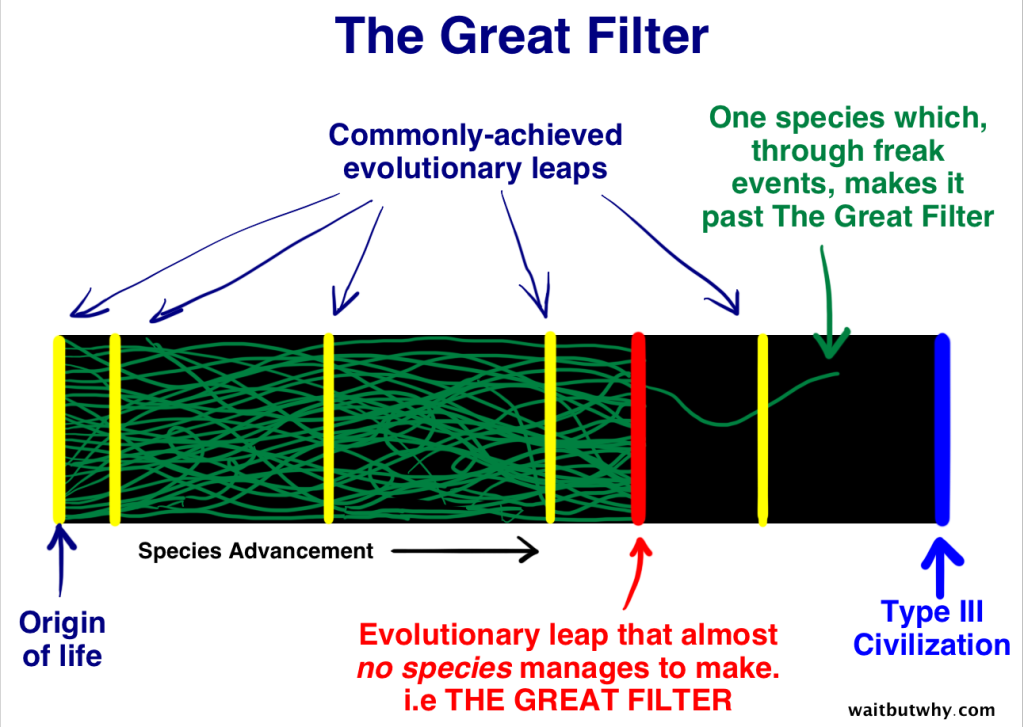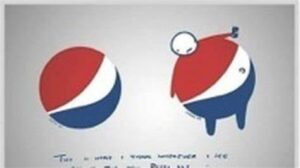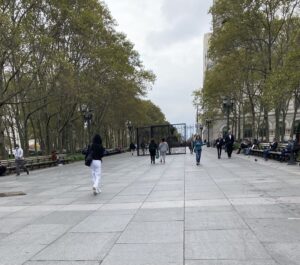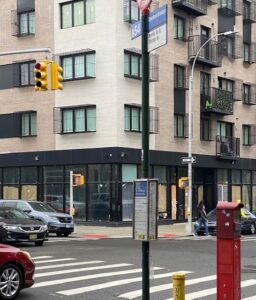Cabaret Academy
Q: Does an idea become electorate once the perception of the preceding paradigm is altered, reimagined, or transformed in the eyes of another?
Q: Does electracy emerge from the addition of emotional value (sentiment and nostalgia) to the metaphysical world?
I find myself thinking whether electracy is bound to happen or whether we steer the wheel and add emotional value to the metaphysical world, thus making it electorate. Ulmer says, “Electracy emerges within the gathering of modernist arts, cinema, and psychoanalysis around the involuntary operations of perception.” For example, Surrealism was a response to Dadaism; Rock had been influenced by Jazz. These movements are paradigm shifts that manifest “aesthetic qualities: intensity, vividness, participation, at the level of the primary being, the feeling of being alive.”
Theming Mystory
Q: Is electracy an apparatus that bridges humanity to self-actualization?
When Ulmer talks about Gauguin’s Tiki Room, he mentions a psychologist’s description, “It was like a moment from dimly remembered, complicated dreams (Skylar, 1967, p.111). The psychologist reported feeling himself and observing in those around him a reverence that he identified as satori.” The sudden enlightenment emerged from Gaugin’s artwork, where he created a new dimension that allowed his fantasy to be conveyed to another. We make sense of the world and our purpose through the collective experiences gained through our childhood. Therefore, does electracy enables us to share our interpretations and compose a mystory that is a path to self-actualization—the rise of enlightenment?
*I was unable to make the image bigger on my post. Please click on the image to see the full size.
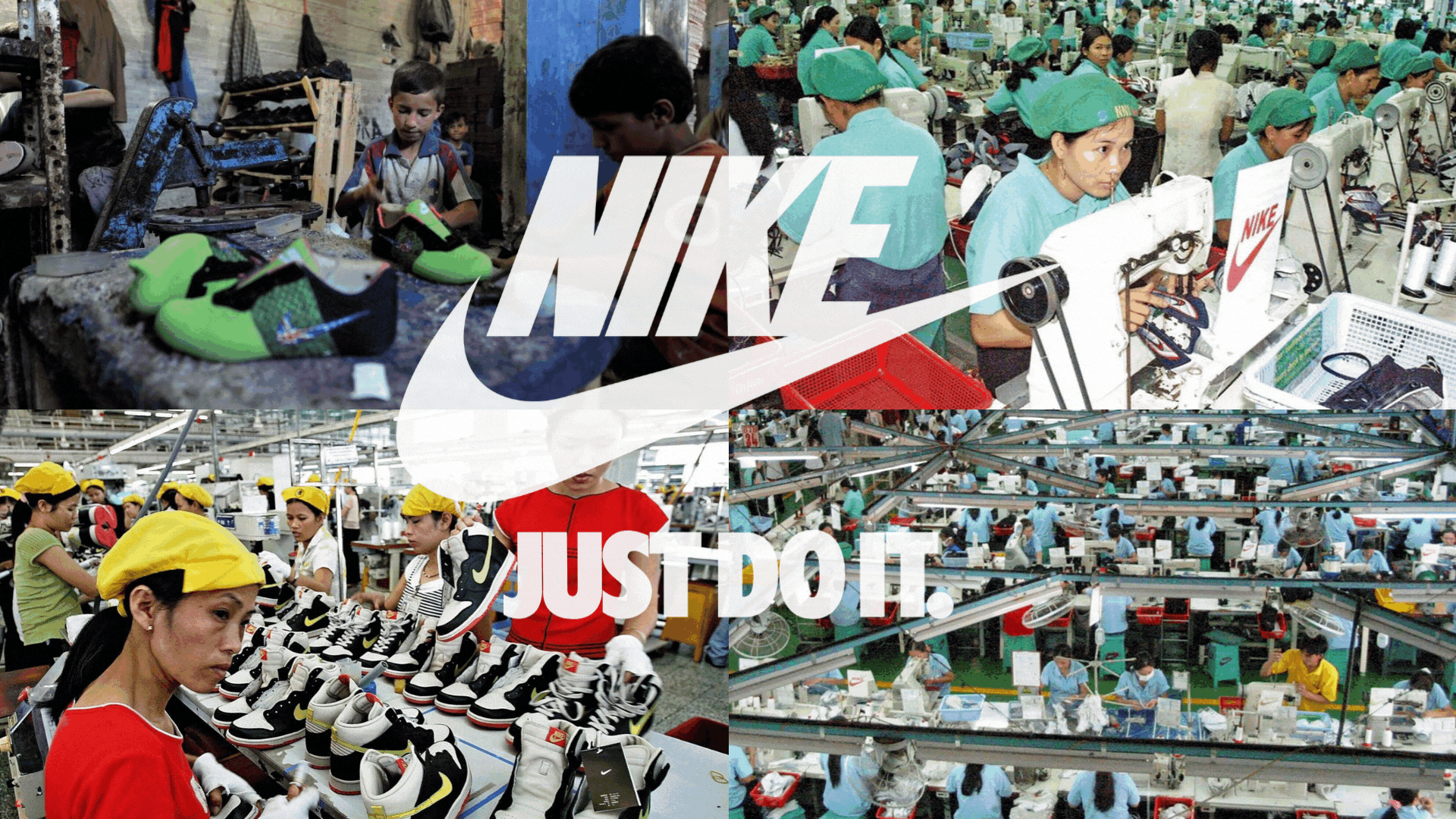
Although Nike has been targeted many times before, I was inspired to do work with this idea because of the exploitation of the Uyghur Chinese population, the largest minority ethnic group in China, which is being detained against their will and forced into “re-education camps” where they are also subjected to forced labor. With that being said, Nike has been linked to said forced labor, using the Uyghurs as their suppliers. The top right and bottom left images present this minority group working for Nike. I thought about attacking Nike because it was appalling to think that history is repeating itself and another genocide is going unseen, and large companies like Nike are enabling these kinds of inhumane acts.
I revised this project by putting the color back into the images, as most thought the black-and-white image was not working. I changed both the color and the font to make it more visible and less harsh on the eyes, as both my peers and Prof. Leston suggested. I also decided to animate the image.
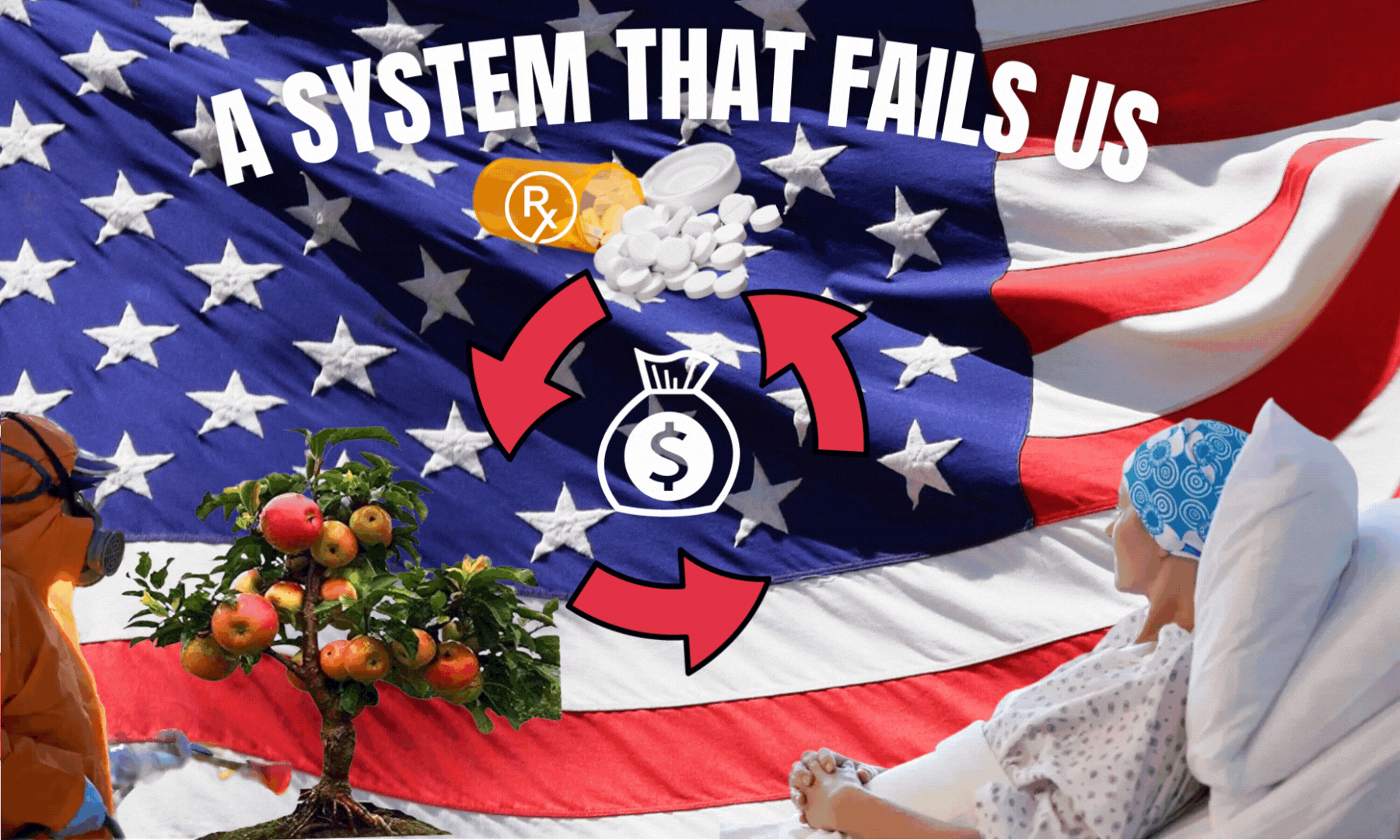 I created this detournement to display the corruption of the American healthcare system. The image depicts a cycle where we are trapped in a healthcare system made for profit and fails to educate the public on the importance of a healthy diet and lifestyle. Instead, they market medications that have side effects that sometimes require even more medication to fix. I found it ironic how the man spraying the pesticides on the apples is wearing a hazmat suit. It goes to show how harmful pesticides truly are, yet our produce is being drenched by said substance.
I created this detournement to display the corruption of the American healthcare system. The image depicts a cycle where we are trapped in a healthcare system made for profit and fails to educate the public on the importance of a healthy diet and lifestyle. Instead, they market medications that have side effects that sometimes require even more medication to fix. I found it ironic how the man spraying the pesticides on the apples is wearing a hazmat suit. It goes to show how harmful pesticides truly are, yet our produce is being drenched by said substance.
The cycle begins with a farmer spraying pesticides on our produce, in this case, apples. Most of our produce is treated with pesticides that cause long-lasting health issues such as endocrine disruption, gut imbalances, and even cancer. Not only is the product being sprayed with these toxins, but livestock is being injected with antibiotics, impacting our health and creating antibiotic resistance. The image then shows a cancer patient facing an absurd hospital bill that also succumbed to the big pharma industry represented by the prescription pills in the detournement. Instead of western medicine encouraging a healthy lifestyle with an improved diet and exercise to prevent illness, their first response is to prescribe medications, thus funding the cycle. Thus, “A system that fails us.”
Prof. Leston said I should make it more clear in the image of the message I’m trying to send. I edited this image by trying to make the idea clear by adding the arrow cycle. I also animated the farmer to show the produce being sprayed with pesticide. Previously, I had used magazine letters to write “A system that fails us,” but I decided to go with a more basic font to make this image less busy since my peers found it to be confusing. Fixing the font allowed me to space out the ideas and make them more organized. I also made the hospital bill more visible.
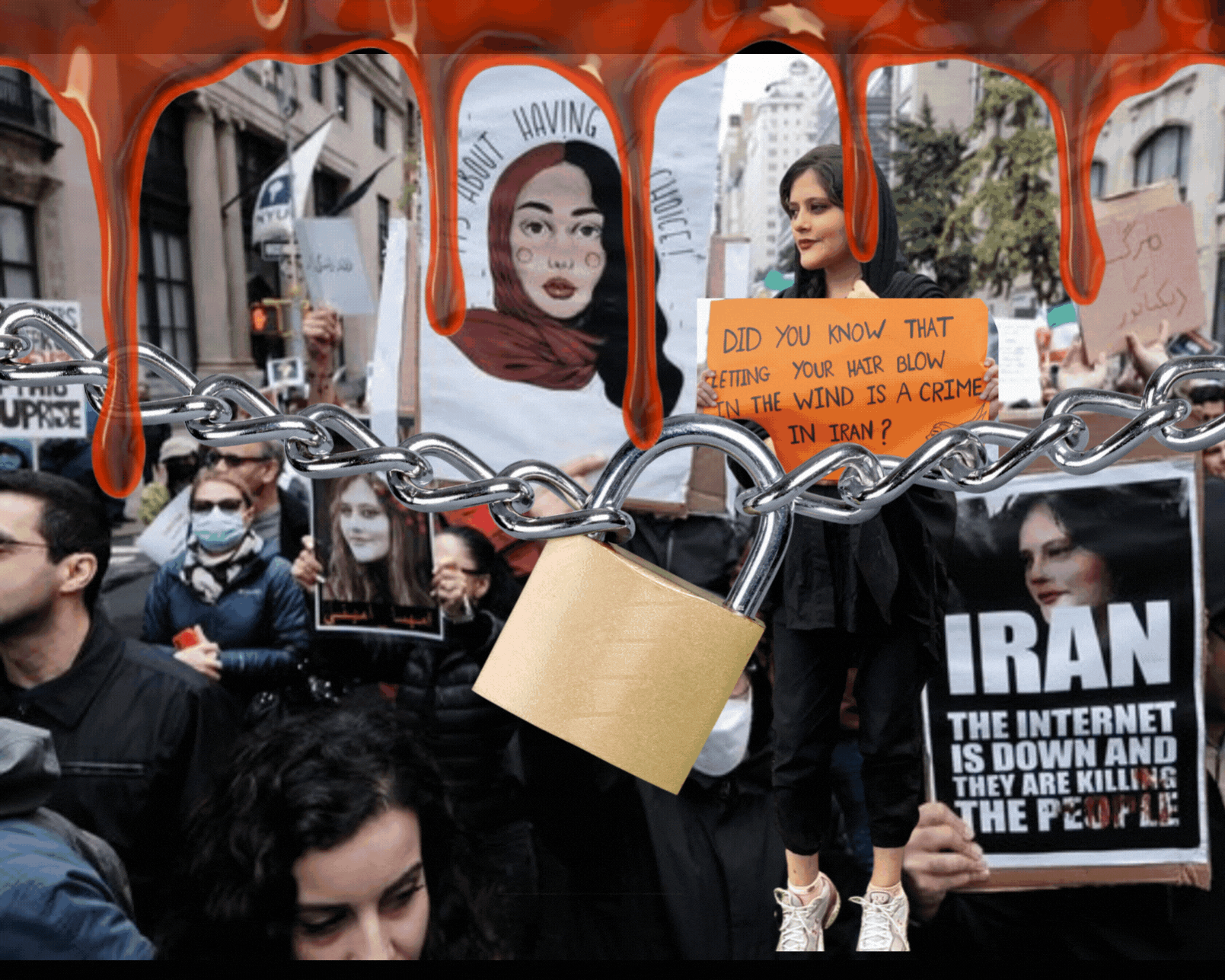 I created a GIF to bring attention to the recent protests for the death of Mahsa Amini, who died after being detained for “improperly” wearing her hijab, as per the corrupted Iranian government laws. I chose to speak about this ongoing issue because it is appalling that women worldwide are still fighting for fundamental rights. The hijab is a religious head covering for women, which is meant to be a choice in Islam. However, the Iranian government placed these oppressive restrictions on women after the revolution.
I created a GIF to bring attention to the recent protests for the death of Mahsa Amini, who died after being detained for “improperly” wearing her hijab, as per the corrupted Iranian government laws. I chose to speak about this ongoing issue because it is appalling that women worldwide are still fighting for fundamental rights. The hijab is a religious head covering for women, which is meant to be a choice in Islam. However, the Iranian government placed these oppressive restrictions on women after the revolution.
In my detournement, Mahsa Amini joins the protests, where I also gave her a sign stating, “Did you know that letting your hair blow in the wind is a crime in Iran?” The shackles represent oppression, and the blood represents the bloodshed for the many peaceful protesters who are risking their lives for this cause worldwide. Another protestor holds a sign that states, “IRAN: THE INTERNET IS DOWN AND THEY ARE KILLING THE PEOPLE.” This sign shows the government has shut down the internet in an attempt to silence the people and prevent the spread of information on this issue.
I wanted to work on this detournement because I think it is important that we stay informed about these topics even if it does not directly affect us. Mahsa Amini’s death exposes us to an ongoing fight for women’s rights. The simple act of staying informed contributes to a better future for women worldwide.
I had a bit of a hard time trying to edit this image because there was a 10 MB upload restriction for each image. I saw that Prof. Leston thought it would be a good idea to let the blood run down to the end of the image, but when I edited it, I wasn’t able to upload it to my blog post due to the larger file size. Instead, I moved the blood a bit so that you could see the sign Mahsa Amini was holding a little more clearly, and I tried to make the blood more prominent.
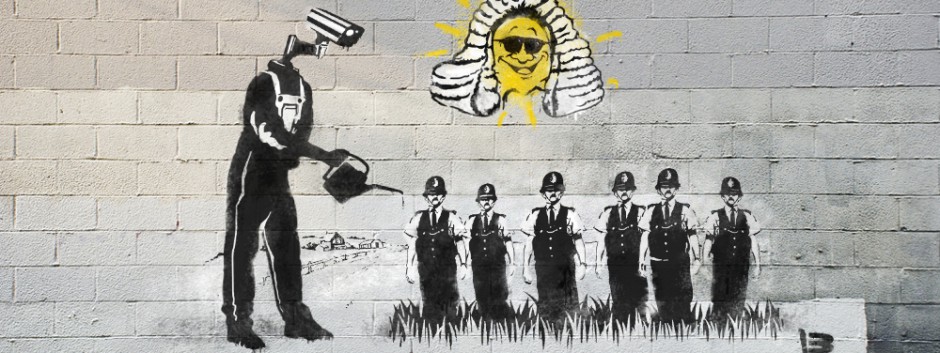
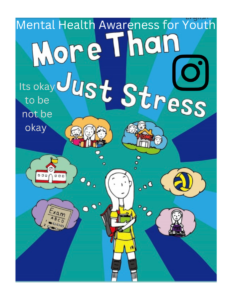


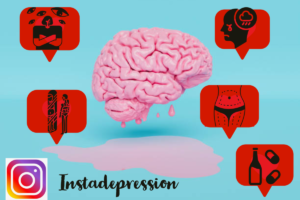

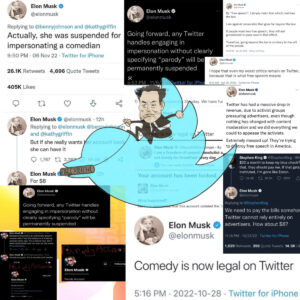





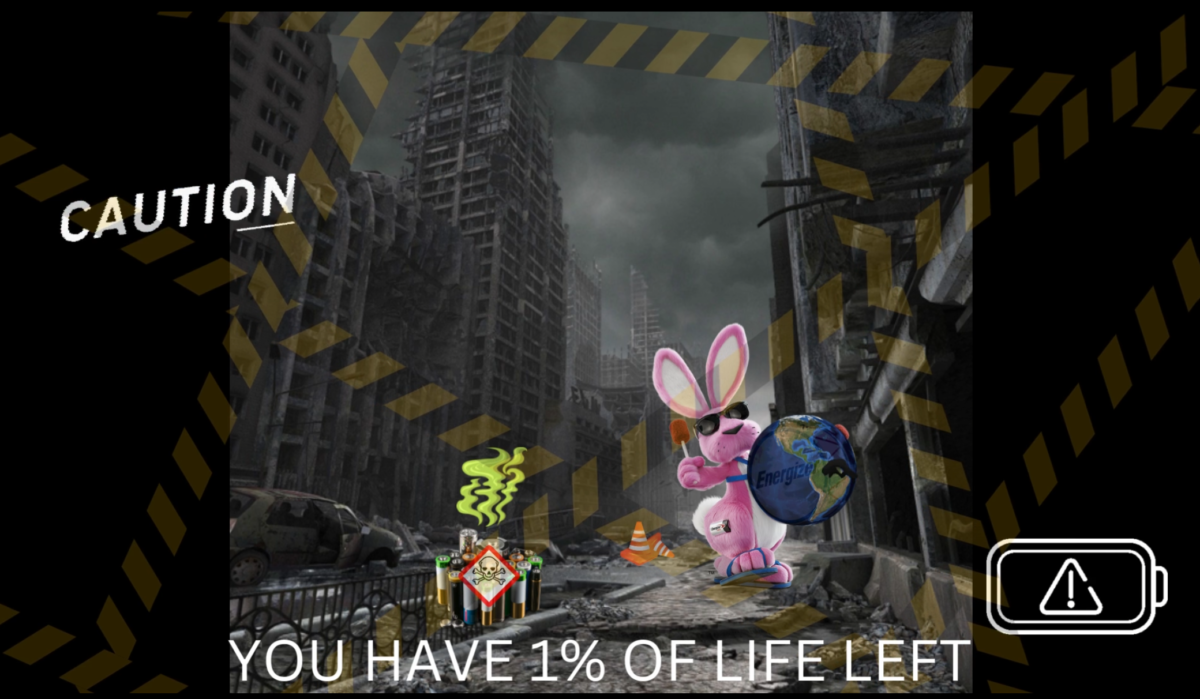








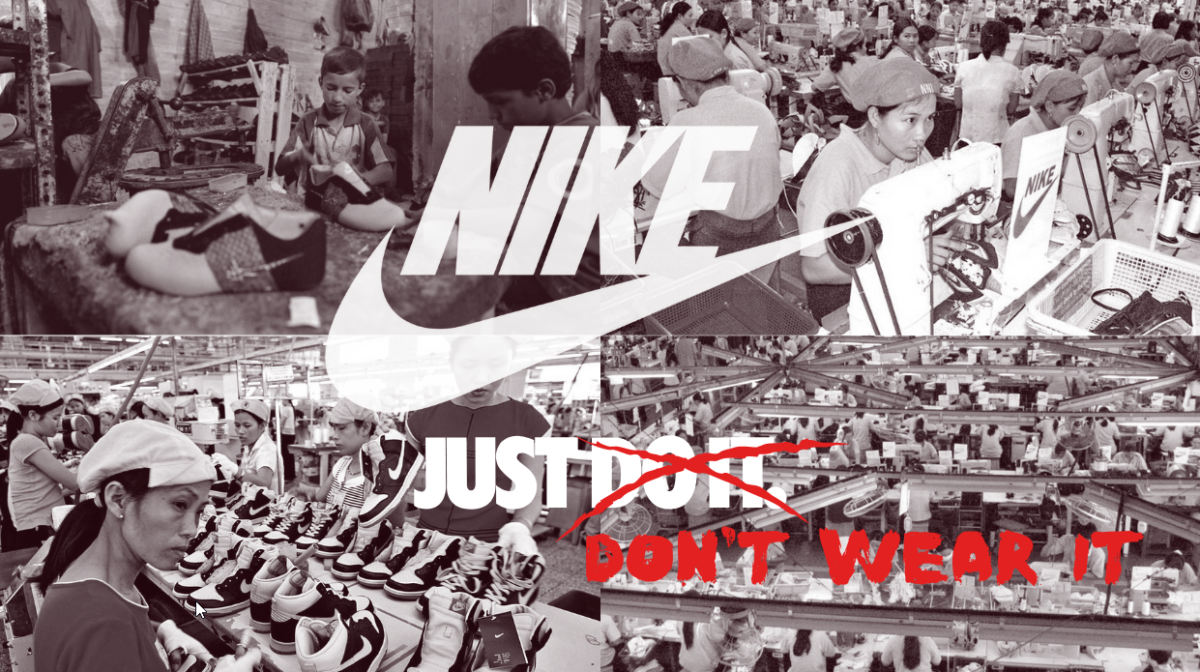
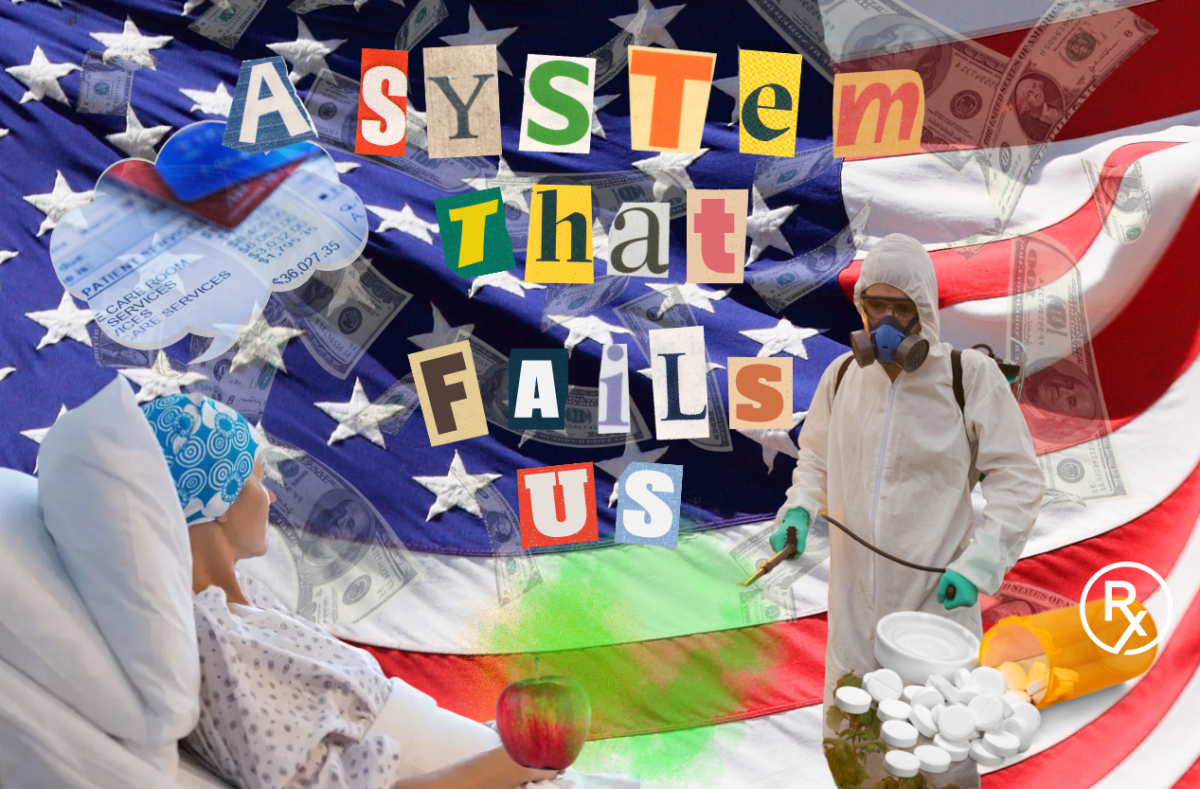
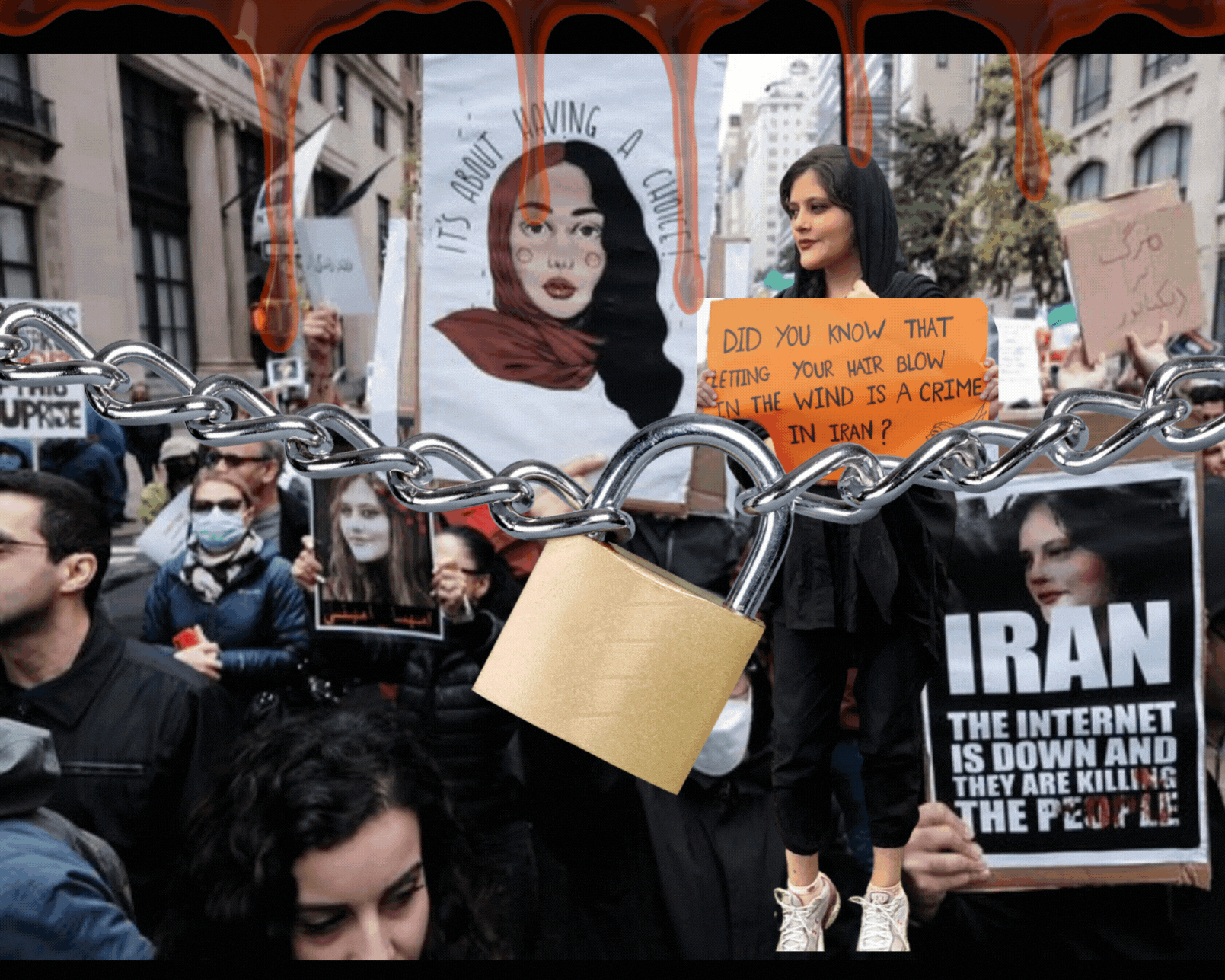

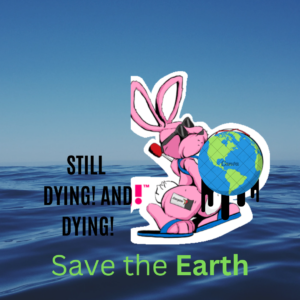


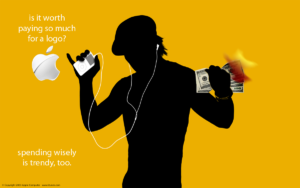
 This is an example of culture jamming
This is an example of culture jamming This is an example of creative detournement
This is an example of creative detournement
